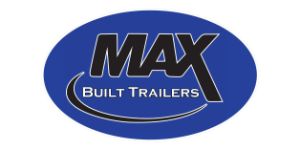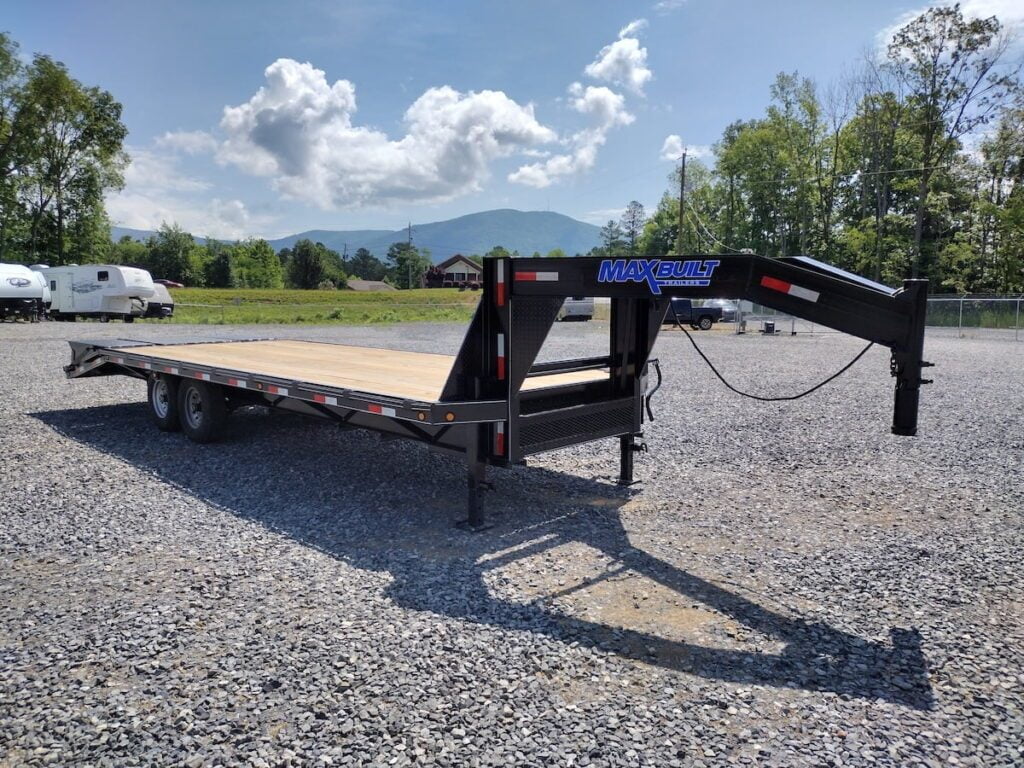Owning a gooseneck trailer opens up a world of possibilities for hauling heavy loads with stability and control. However, like any piece of equipment, gooseneck trailers come with their own set of challenges. In this article, we’ll explore some of the most common issues gooseneck trailer owners might encounter and provide proactive strategies to avoid or effectively address them.
How to Attach a Gooseneck Trailer
Attaching a gooseneck trailer involves several steps to ensure a secure connection. Here’s a general guide on how to attach a gooseneck trailer to a towing vehicle:
Prepare the Towing Vehicle:
Ensure the towing vehicle is on a level surface and engage the parking brake.
If applicable, lower the tailgate to provide easier access to the gooseneck hitch.
Position the Trailer:
Back the towing vehicle into position so that the gooseneck hitch on the trailer aligns with the hitch ball in the bed of the truck.
Lower the Trailer Coupler:
Use the trailer’s landing gear or hydraulic system to lower the gooseneck coupler onto the hitch ball in the bed of the truck. Ensure the coupler fully encases the hitch ball.
Secure the Coupler:
Engage the locking mechanism on the gooseneck coupler. This may involve a lever or a handle that needs to be pulled or rotated to lock the coupler in place.
Connect Safety Chains:
Attach the safety chains from the gooseneck trailer to the appropriate anchor points on the towing vehicle. Cross the chains under the coupler to create a cradle in case the trailer becomes disconnected.
Plug in Electrical Connections:
Connect the electrical plug from the trailer to the corresponding outlet on the towing vehicle. This includes connections for brake lights, turn signals and other electrical features.
Check Lights and Brakes:
Test the trailer lights and brakes to ensure they are functioning properly. This is a crucial safety check before hitting the road.
Raise the Landing Gear:
If you used the landing gear to lower the trailer, raise it back up and secure it for travel.
Perform a Final Pre-Trip Inspection:
Double-check that all connections are secure, including the gooseneck coupler, safety chains and electrical connections.
Ensure the trailer is level and not overloaded.
Test the Connection:
Gently move the towing vehicle forward to confirm that the gooseneck trailer is securely attached and follows the vehicle without issues.
Always refer to the specific instructions provided by the trailer manufacturer and the towing vehicle’s owner’s manual for any unique steps or specifications. Following proper attachment procedures is crucial for safe towing with a gooseneck trailer.
Common Issues and Solutions with Gooseneck Trailers
Uneven Weight Distribution:
Issue: Improper weight distribution can lead to swaying, instability and increased wear on tires.
Solution:
Regularly check and adjust the load distribution to ensure balanced weight over the axles.
Use a weight distribution hitch for even weight distribution and improved towing stability.
Inadequate Lubrication:
Issue: Lack of lubrication in the gooseneck coupler or moving parts can result in increased friction, leading to wear and difficulty in maneuvering.
Solution:
- Keep the gooseneck coupler well-lubricated using a high-quality grease suitable for heavy-duty applications.
- Regularly inspect and lubricate moving parts, such as the ball and locking mechanism, to ensure smooth operation.
Wear and Tear on Tires:
Issue: Uneven tire wear is a common problem—often caused by imbalanced loads, underinflation or misalignment.
Solution:
- Regularly inspect tire pressure and adjust as needed.
- Rotate tires at regular intervals to ensure even wear.
- Check for proper alignment and address any issues promptly.
Corrosion and Rust:
Issue: Exposure to the elements can lead to corrosion and rust, particularly in the gooseneck area and undercarriage.
Solution:
- Regularly inspect the trailer for signs of rust or corrosion.
- Apply rust-resistant coatings or paint to vulnerable areas.
- Keep the trailer clean and consider storing it in a covered space when not in use.
Electrical Connection Problems:
Issue: Faulty or inconsistent electrical connections can result in issues with lights and brakes.
Solution:
- Regularly check electrical connections for signs of wear or damage.
- Ensure a secure connection between the trailer and towing vehicle.
- Carry spare fuses and bulbs to address issues promptly.
Insufficient Maintenance:
Issue: Neglecting routine maintenance can lead to various problems over time.
Solution:
- Follow the manufacturer’s recommended maintenance schedule.
- Conduct thorough inspections before and after each trip.
- Address issues promptly to prevent them from escalating.
More Important Information About Breakaway System
Attaching the breakaway system to the chain attachment points is not allowed. The connection must be entirely independent of the coupler or safety chain mechanism. If the chain tie-downs are forcibly dislodged, connecting the breakaway to any part of the system renders it ineffective. Utilizing the factory bed tie-down loop in the front corner of the bed is a good option; however, it’s essential to extend the cable and incorporate a quick-release hook for added convenience.
Conclusion:
Owning a gooseneck trailer comes with the responsibility of proactive care and maintenance. By staying vigilant and addressing common issues promptly, trailer owners can ensure a smoother and more reliable towing experience. Regular inspections, proper lubrication and adherence to recommended maintenance practices are key to maximizing the longevity and performance of your gooseneck trailer. Remember, a well-maintained trailer is not only a reliable companion on the road—but also a safer one.
Max Built Gooseneck Trailers are all backed by our warranty and unmatched expertise and customer service. Give us a call today to learn more!
Legal Disclaimer: The information provided in this article is for general guidance purposes only. It is not intended as legal, safety, professional advice, or replacement for product manuals. Readers are advised to consult relevant authorities, manufacturers’ guidelines, and seek professional assistance for their specific circumstances and vehicles. The author and publisher disclaim any liability for actions taken based on the contents of this article.





